The first step in a successful RV adventure is preparing your vehicle for the road by conducting thorough inspections and performing necessary maintenance tasks. Ensuring your RV is in top shape before you embark on your journey can save you from potential issues later on.
Familiarizing yourself with RV driving techniques and the unique characteristics of your recreational vehicle will help you feel more confident navigating various road conditions and situations. Strategic planning is crucial to maximize your enjoyment as you explore new destinations with your RV.
Preparing Your RV for the Road

Check Your RV’s Tires and Brakes
One essential aspect of preparing your RV for the road is inspecting the tires and brakes.
Ensure your tires have the proper air pressure, and consider investing in a tire pressure monitoring system to help you stay on top of tire maintenance during your trip. While examining the tires, also check the brakes for wear and tear.
Understanding Weight Distribution and Limits
Having an even distribution of weight ensures a smooth and safe ride in your RV. Familiarize yourself with the cargo carrying capacity of your RV, and avoid exceeding weight limits.
Distribute your belongings and passengers evenly to maintain stability while driving. For example, heavy items should be stored low and in the center of your RV.
If your RV has a slide-out, balance the weight by placing lighter objects on the opposite side. Be sure to secure items to avoid movement during transit.
Ensuring Proper Visibility and Mirror Adjustment
Taking time to adjust your RV’s mirrors is crucial in eliminating blind spots and ensuring proper visibility for safe driving.
Mirrors should be positioned to cover as much of the road behind you as possible. Don’t forget to adjust the side mirrors for a clear view of the entire side of your RV.
Make a point to also check your interior rearview mirror for optimal visibility. If you struggle with blind spots even after adjusting your mirrors, consider adding additional mirrors or camera systems to enhance your view.
Mastering RV Driving Techniques
Navigating Turns and Lane Changes
One of my first challenges when driving an RV was navigating turns and lane changes. RVs have a larger turning radius, which means I had to adjust my approach when making turns and switching lanes.
To safely navigate turns, I practiced wide turns in an empty parking lot, making sure to use signal lights and check all mirrors before attempting them on the road.
Similarly, for lane changes, I had to be extra cautious, check blind spots, and allow for a more considerable gap between my RV and other vehicles.
The Art of Safe Braking with an RV
Braking is another essential skill to master in RV driving. Due to their size and weight, RVs take longer to stop than regular cars.
I found that driving defensively and keeping a safe following distance from other vehicles on the road helped me maintain better control over my RV. It was crucial not to tailgate and to maintain a steady speed, especially in traffic.
When braking, I learned to slow down gradually, giving myself and other drivers enough time to react safely.
Dealing with Adverse Weather Conditions
Driving an RV in adverse weather conditions like rain, ice, or strong winds can be challenging. I learned to maintain a safe speed, sometimes even below the speed limit, when faced with such scenarios.
To ensure my safety, I frequently checked weather forecasts and planned my route accordingly to avoid potential hazards. Being a patient driver is key when dealing with weather-related challenges.
In cases of heavy rain or ice, I made sure to give myself even more space between my RV and other vehicles on the road, as stopping distances increase under these conditions.
I also found that utilizing alternative energy sources for my RV could help to reduce my reliance on the vehicle’s engine, potentially increasing stability and safety while driving in adverse weather conditions.
Strategic Planning for an Enjoyable Journey
Choosing the Right Route and Stops
An important aspect of planning an RV trip is selecting a route that incorporates convenience and practicality. I recommend utilizing an RV-safe GPS system1 to avoid any issues caused by low bridges or narrow roads.
Taking into account fuel consumption and distances between campgrounds, I make sure to use tools like Trip Wizard to aid in locating cost-efficient RV parks and schedule my stops accordingly.
Keeping an eye on road conditions by checking relevant websites can help avoid construction zones and closures, ensuring smooth sailing on my journey.
While planning, I also choose rest stops and adjacent attractions to make my trip more enjoyable. It’s essential to consider the registration process for campgrounds, especially if they are located in a different state than my RV.
Understanding and Managing Driver Fatigue
To ensure a safe journey, I pay close attention to managing driver fatigue. By planning breaks at rest stops and considering the overall travel time of my journey, I can maintain my energy levels and stay alert while driving.
It’s essential to monitor water consumption, as boondocking might require careful water rationing.
Additionally, I am mindful of having a fixed address as an RV owner, finding appropriate solutions for postal correspondence.
Overall, my focus lies in creating a balance between driving and leisure through careful planning of routes, water consumption, and rest stops. This balance ensures a safe and enjoyable journey in my RV.
Safe Parking and Setup Procedures
Mastering the Skill of Backing Up
When parking your RV, whether in a parking lot or at a campground, backing up can be challenging due to the RV’s size, width, and length.
To get proficient at backing up, I recommend practicing driving in a large, empty parking lot.
This will help you get comfortable with tight turns and maneuvering in close quarters. Use mirrors and rearview cameras to aid in navigating, and always have someone outside the RV guiding you as you back up.
Selecting and Setting Up at Campgrounds
Once you’ve mastered backing up, you’ll want to focus on selecting and setting up at campgrounds. One of the essential aspects of finding a suitable campground is determining if there’s adequate space for your RV.
Be sure to measure your RV’s overall dimensions, including its width and length, and verify that the campsites can accommodate your RV size. Some helpful gadgets can make this process easier and more enjoyable.
When setting up at a campground, here are some tips I’ve learned over time:
- Inspect the site for hazards: Check for rocks, branches, or other obstructions that could damage your RV during setup or while parked.
- Level your RV: Use leveling blocks and the RV’s leveling system, if equipped, to ensure your RV is level before deploying slides and awnings.
- Hook up to utilities: If the campground provides water and electricity, connect to these services following instructions provided by the campground. Be aware of potential storage compartment leaks when dealing with water connections.
- Deploy your awning: Provided you have checked the weather conditions, extend your awning, ensuring it’s securely fastened, and apply any recommended lubricants to maintain its proper function.
- Chock your wheels: As a safety precaution, chock your RV’s wheels to prevent unintended movement during your stay.
By following these guidelines, I’ve been able to enjoy safe and enjoyable journeys in my RV. Remember to take your time, practice your skills, and use the resources available to make your RV experience as smooth as possible.
Handling Special Driving Situations
Managing RV Height and Length on the Road
It’s crucial for me to be aware of my RV’s height, width, and length while driving. One key aspect to focus on is ensuring that the RV fits under low bridges without any issues.
I must always check clearance signs to avoid causing damage to the RV. When in doubt, it’s best to find an alternate route rather than risk damaging my RV. In some cases, I need to lower my trailer to fit it into the garage, which can be helpful for storage purposes.
City driving can also be challenging due to the RV’s increased size. I find it helpful to plan my route in advance to navigate narrow streets more easily.
When it comes to maneuvering around tight corners, I have found that wide turns are essential. Practicing driving with the RV in a safe, open location before hitting the road can also make a significant difference in my overall confidence and skills.
Coping with Wildlife and Roadside Situations
Encountering wildlife on the road is always possible when driving an RV, especially in rural or forested areas. I must remain focused and constantly scan my surroundings to react quickly if an animal crosses my path.
It’s essential to keep a safe distance from wildlife and avoid tailgating other vehicles to ensure enough reaction time in case of unexpected obstacles.
If the RV breaks down or requires roadside assistance, it’s vital to have a plan in place. Having the contacts of reliable roadside assistance providers and an emergency kit on hand has helped me to handle such situations effectively.
Remember, proper RV maintenance and planning out stops for gas or rest in advance significantly reduce the chances of encountering any unexpected issues on the road.


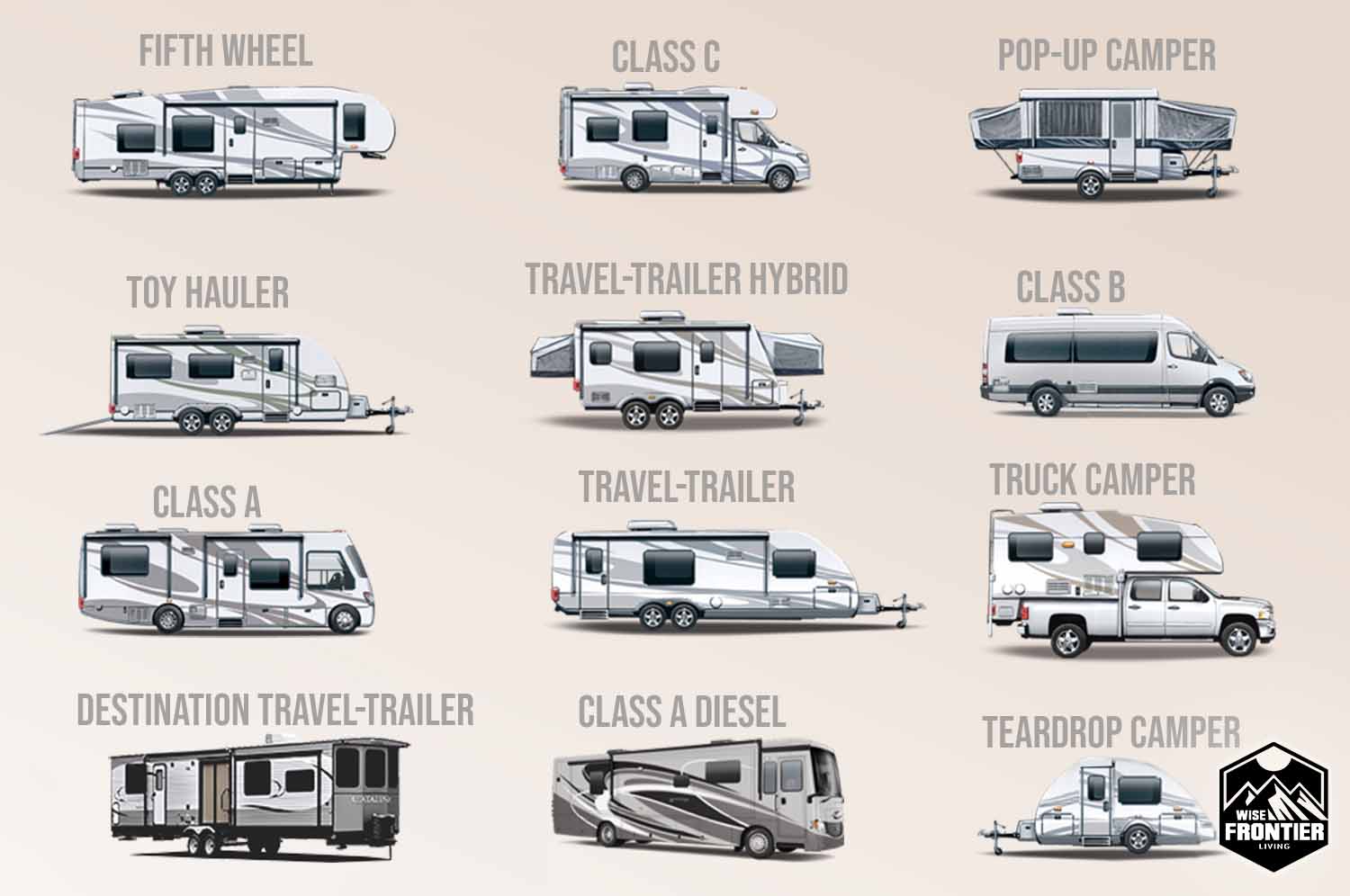
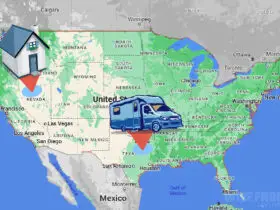

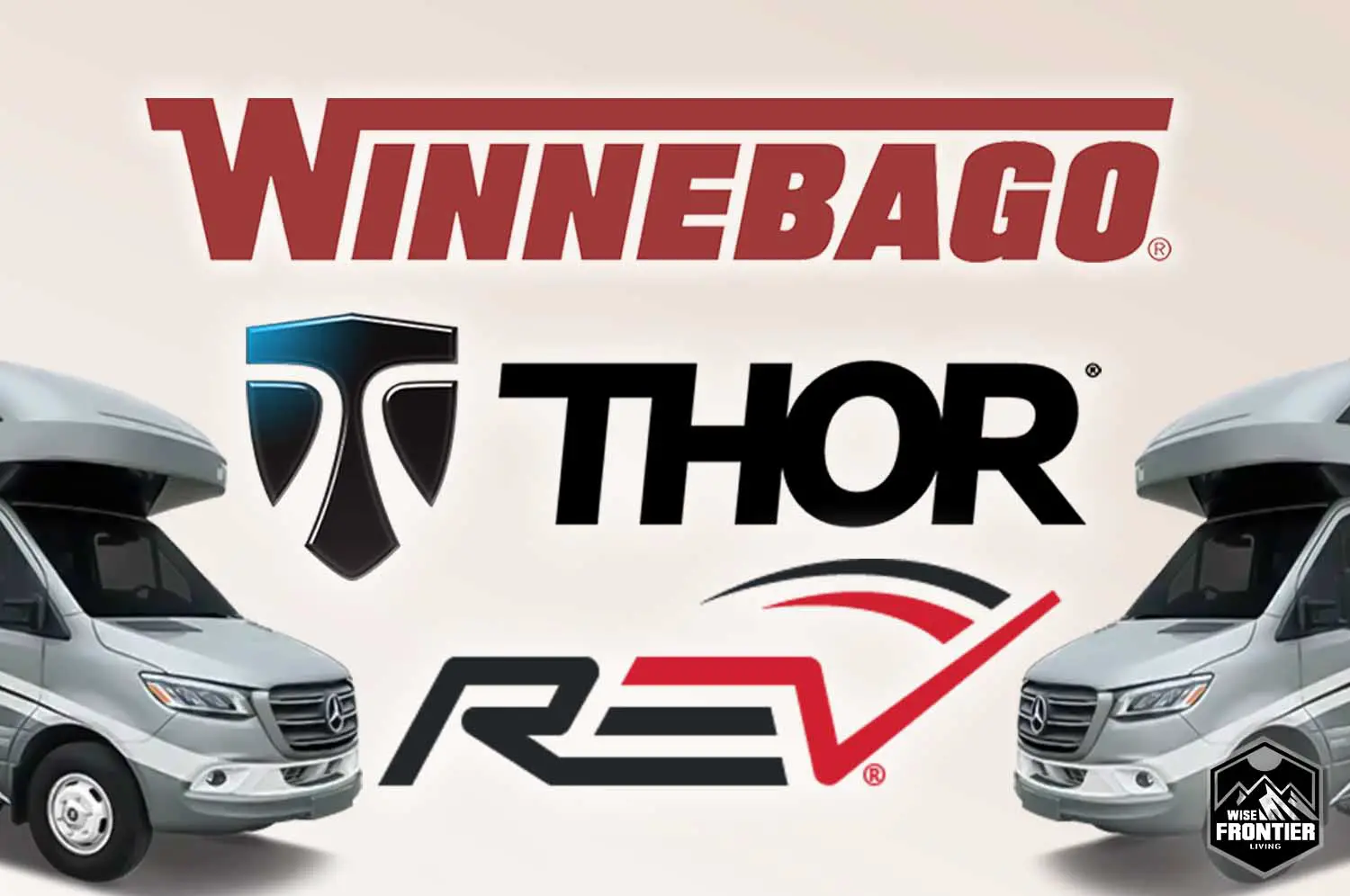
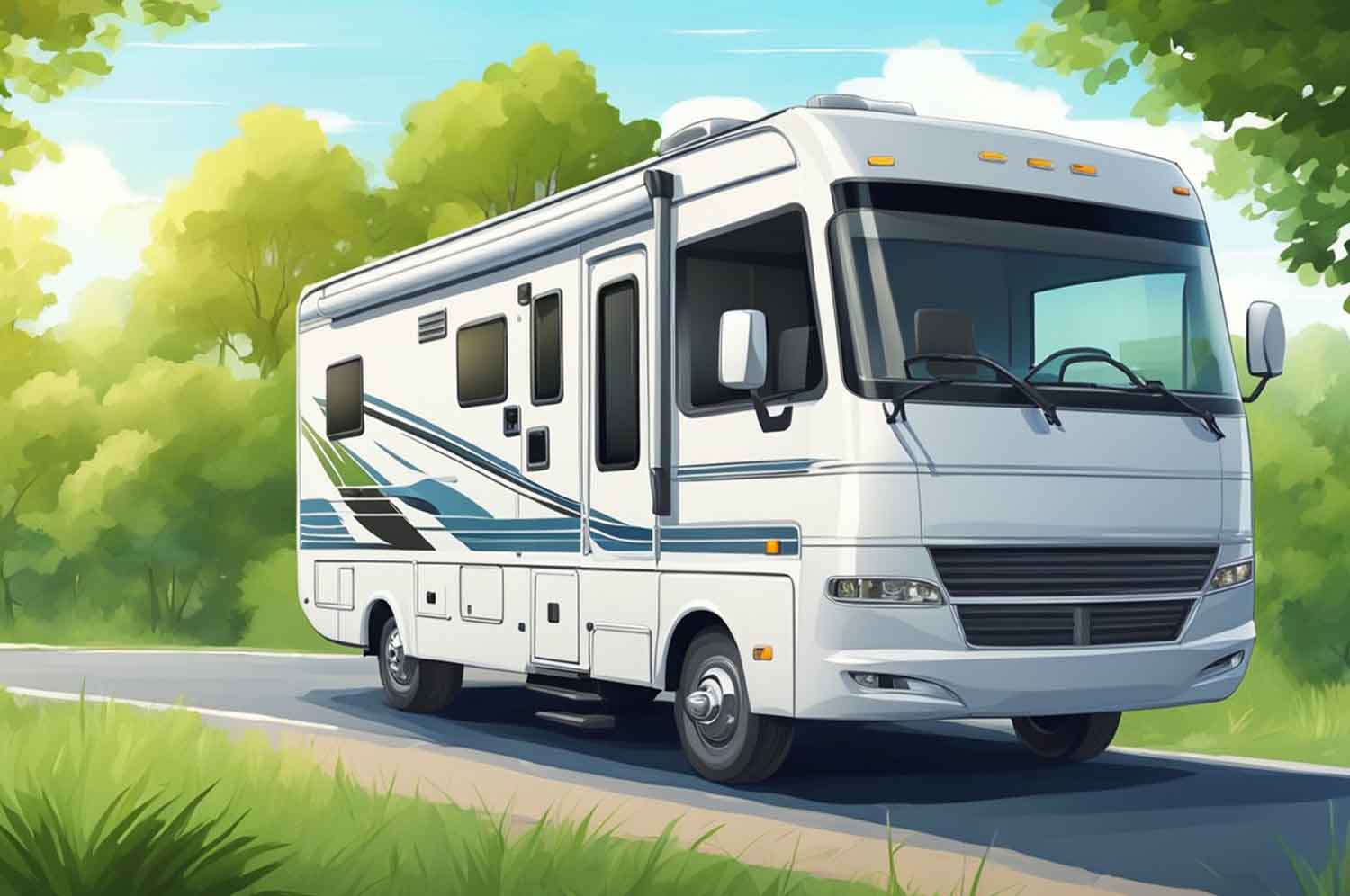
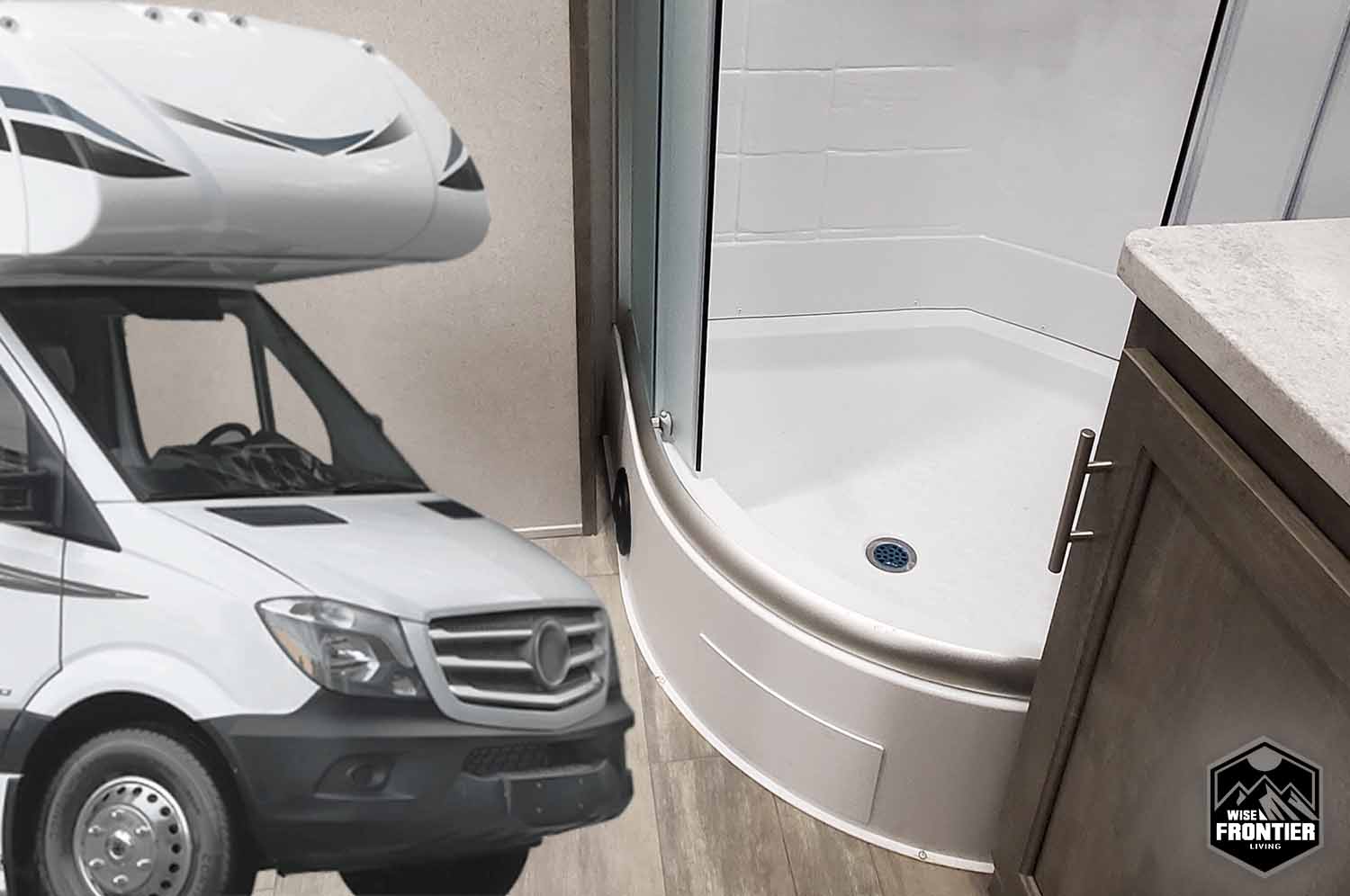

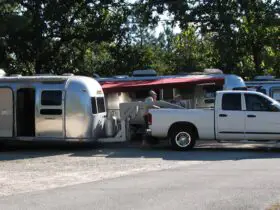
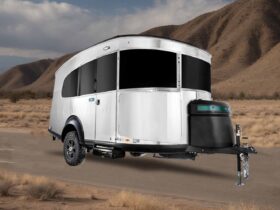


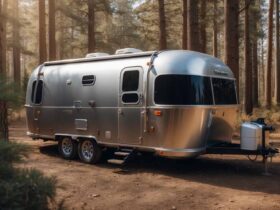
Leave a Reply